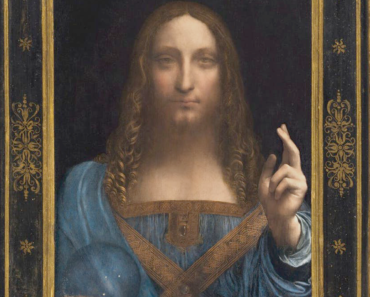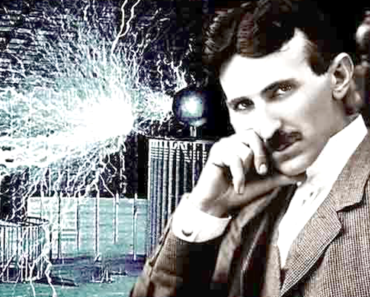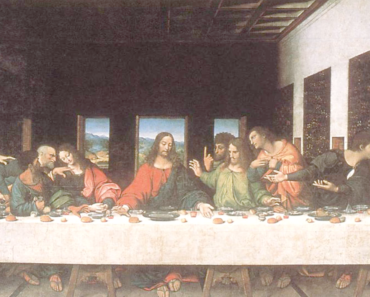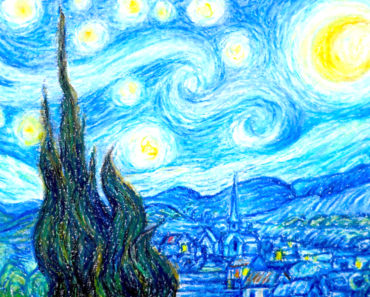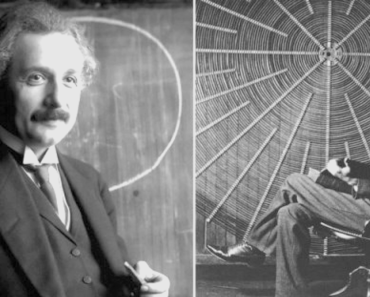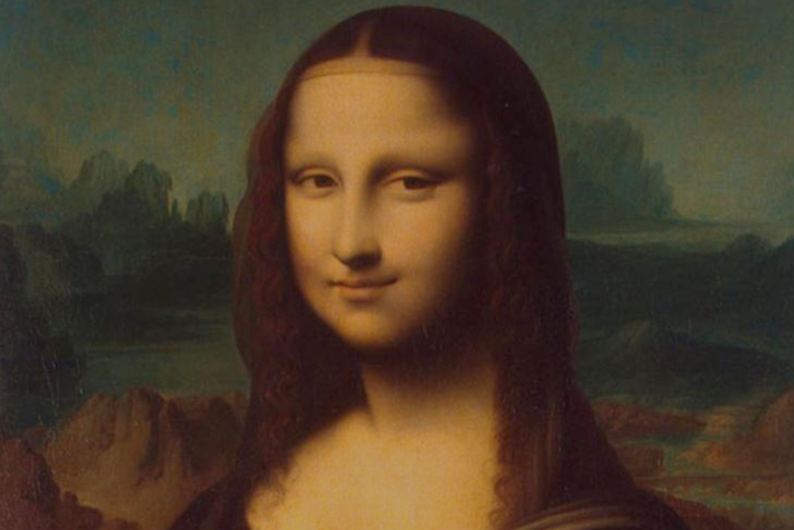
The 16th century Mona Lisa by Leonardo da Vinci is one of the most famous in the world. You could be second behind the Scream board or the woman with the pearl earrings and this poster of a child urinating on a soccer jersey that many people put on their back windows. But what is it that makes this palette so attractive? What made it the most famous, the most visited, the most ridiculous painting in the world? Why is this particular painting among all the paintings and among all the dazzling and monumental paintings of the Renaissance genius of Vinci? We have to admit that Dan Brown was right.
The novel (The Da Vinci Code) may have won the admiration of many readers who believe in ludicrous conspiracy theories, but despite this, the novel has touched the wonderful works of the artist, especially the Mona Lisa. In fact, there are many mysteries, secret messages and rumors circulating about this very painting and five hundred years after its painting. Dan Brown and many other critics and historians are still debating a lot of topics like who Lisa is and if she really is a larger sized painting and maybe I paid her back for some reason. Even Dan Brown himself could not reveal all the secrets of this painting.
Here are the six secrets of the Mona Lisa:
1 pregnancy
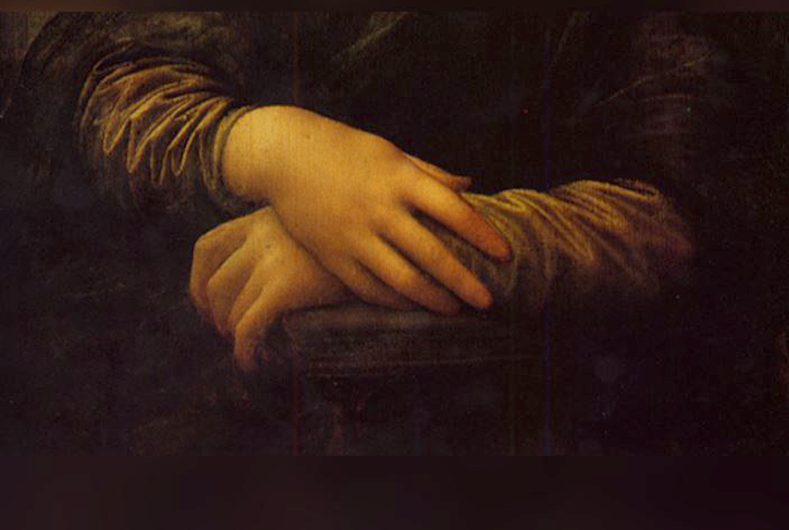
The most accepted theory about the Mona Lisa is that she was the wife of a Florentine gentleman and her name was Lisa del Giocondo. Although there is no evidence of its occurrence, many people suggest several conclusions on the subject. Several years ago, a group of historians and artists with sufficient time and a permanent member of the Louvre Museum agreed on Lisa del Giocondo’s theory, and the theory s’ is further developed, not only was Lisa a lady of this Florentine nobleman, but she was killed after Da Vinci painted her portrait.
The main theory is that the reason for the position of her hands crossed around her belly and the relatively large size of her belly suggests that she was pregnant with a baby. Historically, Ms. Di Giocondo would be pregnant with her second child when the painting was completed between 1503 and 1506. This theory was not just some crazy secret theory discovered by someone who had watched the painting for long hours. In 2006, a group of Canadian scientists used lasers and infrared rays to create a three-dimensional image of a painting. The photos showed the presence of a thin scarf or guaranello around the shoulders of the Mona Lisa, and the guaraniello is a dress that was worn by Renaissance women during pregnancy or childbirth.
In addition, the fabric that hangs from his shoulder can be a scarf or a shawl. What proves that she was not hiding the pregnancy are the rumors raised, her hands crossed on her stomach, the timing and the use of guarenello by the pregnant woman in the painting of Cimeralda Brennini by the artist Sandro Botticelli.
2 proof that she was not a prostitute :
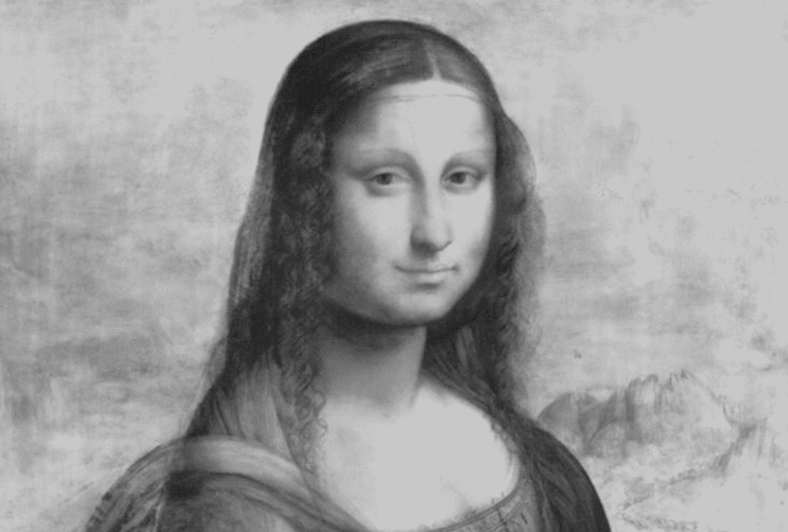
The theory that she is Mrs. Lisa del Giocondo is perhaps the most accepted theory, but there are many other ideas that have spoken about the identity of the Mona Lisa. Some have suggested that she could be Da Vinci’s mother, while others say that she is a mix between a man and a woman, but some have claimed that she was the female version of Leonardodavinci, even though he didn’t have wonderful long hair based on the (Da Vinci’s Demons) series.
The evidence that proves the validity of these theories lies in the painting itself. According to the infrared analysis, it appears that the Mona Lisa does not have hair on her face. For historical books and in 16th century Italy, a woman who has no hair on her face (no eyebrows, eyelashes or mustaches) is in fact a prostitute. However, the woman in the picture embodies all the traits of chastity and respect at that time, like wearing a scarf over her shoulder and the like. However, this evidence proves the opposite. In the Middle Ages, women working in prostitution kept their faces hairless and often smiling in order to make their eyes more subtle and exciting.
Another proof that some people mention is that the Mona Lisa hairstyle is somewhat similar to the way the prostitutes used to follow. This hairstyle was followed by prostitutes and unmarried girls. In fact, there was a lot of prejudice and prejudice at that time! Infrared images showed her hair was not completely down, but was tied back with a hood or tied with a knot or hairstyle.
3 eyebrows and eyelashes:
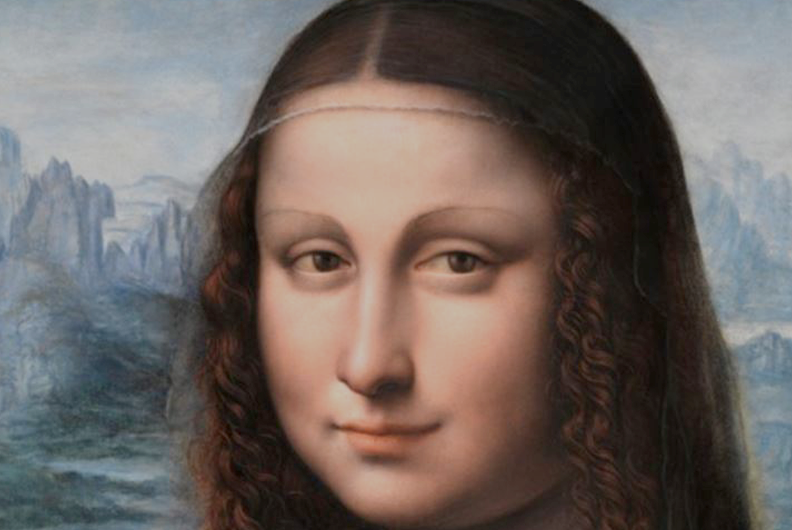
We mentioned earlier the possibility of Mona Lisa being a Lil Girl rather than a Noble Girl. However, the explanation for the lack of eyebrows and eyelashes in the table can be a bit prosaic. Plus, we’re sure she wasn’t a girl at night or even Da Vinci’s mother, as both explanations are weird. Likewise, the comparison between the Mona Lisa and the portrait of Da Vinci is not very convincing. However, the softness of her face is a question. Why doesn’t the Mona Lisa have the usual facial details that we see in everyone, while the softness of her face appears to be sitting in a spot exposed to bright light?
These are hidden secrets, right? The French engineer and inventor Pascal Côté decided to make his own analysis of painting, which was painted centuries ago using sophisticated and modern techniques, which Da Vinci, famous for his knowledge and prophecy, could not imagine. Pascal used a modern digital camera and took several photos during his visit to the Louvre. He believes Da Vinci drew eyebrows and eyelashes for the Mona Lisa, but the drawing process was postponed for some reason. During her approximately 24-fold enlargement of the skin, Cote found a single streak of hair on her left eye.
His explanation is that the eyelashes could have faded or inadvertently removed in a miserable attempt to clean the palette. Cote also discovered evidence that his hands were drawn in a different position than they are now.
In his book “The Life of Artists” – which wrote at the time when Da Vinci was painting the Mona Lisa – Giu Regiofazari described the Mona Lisa’s eyebrows as thick, which explains why they were removed by mistake or that he was not fully attentive when he saw the final version of the painting.
4 The golden ratio:

The golden ratio is a number that can be found by dividing the line in half, and the ratio of the largest section to the smallest section is equal to the ratio of the entire straight line to the largest section. Concept? You don’t necessarily understand this, just know that the golden ratio is a big problem in math.
We know you won’t be able to apply it to a calculator because we don’t know how to apply this theory! We are more concerned with words written backwards. The important thing to know is that the golden ratio has been used as the main basis for many artistic and engineering artifacts, such as the Pyramids of Giza and The Last Supper painting by Da Vinci.
The interesting thing is how often you use this ratio even though the work is centered around it. Many biologists, artists, historians, musicians, engineers, psychologists, and even mystics have found examples of this ratio in nature and elsewhere, as well as for analyzing proportionality in natural bodies and even human systems such as financial marketing.
Since the uses for this report are so wide, we shouldn’t be surprised by its use in Mona Lisa. And because da Vinci was a clear and outspoken artist who used this proportion in all his paintings and drawings, what was Luca Patchouli’s only book on the “golden proportion”, the idea of using it in the art is that the golden ratio will produce a proportion which satisfies the human eye for reasons which can only be understood if we think deeply and distinctly.
The golden ratio should achieve balance and beauty, which is why many people are obsessed with the Mona Lisa. In addition to these hidden secrets, the face of the Mona Lisa corresponds to the golden rectangle and the painting as a whole corresponds to the golden rectangle. This explains why we like to constantly look at the painting. It’s math!
5 smile or not?

There is a lot of fuss about the Mona Lisa so it is sometimes easy to focus on the general shape of the painting and not the fine details as everyone has argued over the Mona Lisa smile for five centuries. .
In fact, while the movie (Mona Lisa’s Smile) starring Julia Roberts isn’t entirely about Mona Lisa’s smile (or Nat King Cole’s song), much of the movie revolves around whether this lady has since been dead. long smiles. There are many opinions expressed by academics, historians, and critics, and all of them were interesting. Some of them thought Da Vinci was telling a joke and that she was a bad role model because she couldn’t stand still, which sounds kinda funny.
Harvard University professor Margaret Levinston noticed that Mona Lisa’s smile was suppressed because it was drawn at a low angle. It is best to see it from a distance or through an outside gaze. This means that the gaze becomes deeper when viewed through the eyes rather than directly from the mouth. However, others have carried out the analysis to conclude that the cause of smiling is the different levels of random noise in the human visual system. Or because the location of his facial muscles involuntarily makes us feel like his smile is bigger than what he really is.
In 2005, Dutch researchers developed a program to distinguish feelings (to find out why their women get angry with them when they spend so much time developing a program to distinguish feelings) and they examined the painting through it. to find that his smile expressed 83% joy, 9% feeling disgusted, 6% fear, 2% anger, 1% feeling, and 0% surprise. We’d be 0% surprised if you had never thought of Mona Lisa’s smile in such detail before.
6 hidden horse head:

We had a lot of fun guessing the real Mona Lisa, discovering hidden hairs on her face, and showing us some math principles. But it’s time to get serious. While we searched through the small hidden details of the painting, we overlooked the existence of one of the most important secrets of Leonardo da Vinci’s masterpiece. In other words, the presence of an element of optical illusion.
The secret lies not only in the smile, but in the painting as a whole, which resembles the magical painting of the eyes of the Renaissance period. If you look at the background and click on the board (please don’t go to the Louvre and knock on the board) you will find that there is a group of animals in the background, as the theory says by Ron Pichirrello. Picherellum has an electronic signature under the title The Hidden Horse Head, and the site is entertaining and rudimentary, with stories such as the murders of John Lennon and John Kennedy and how amphibious alien creatures murdered them.
But Cirrillo’s ideas might be a little odd, but they can carry some interesting clues, as they are a group of paintings within a single painting. He believes that if we look at the Mona Lisa upside down and follow the limits of the painting, we will get an interrogative signal, and this is only the first step. However, if one clicks on the edge of the painting, the head of a lion, a monkey and a bull will appear in the background of the painting, which has remained hidden throughout these centuries. But if we click on the painting and look at it from a different angle, this optical illusion will appear in the painting, which will make it look larger and it will appear as it congratulates you on your careful consideration and concentration in the painting.
Even the site itself goes into a fair amount of weird and crazy detail based on the many preserved and published writings of Da Vinci (which Da Vinci did not mention in any of these writings as the purpose behind the Mona Lisa painting while he had been carrying the painting with him wherever he went for four years), where these details form a crystallized idea, on an alternate background, many images of animals and religious symbols lurk behind. It may sound strange, but it is somewhat convincing. And until now, there are still hidden secrets that have remained hidden for many centuries without anyone finding out. It is true!

